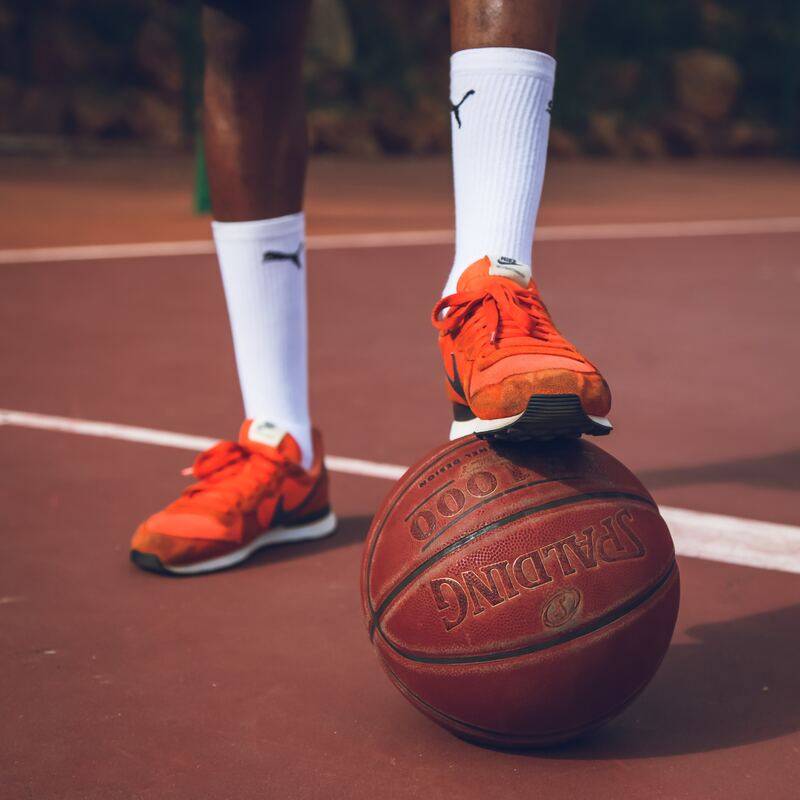Basketball and Your Feet
Basketball, a sport that encapsulates the essence of athleticism and competition, is a grueling test for the feet and ankles. The unique combination of running, jumping, cutting, stopping, and sudden directional changes on hard flooring can create a perfect storm for foot and ankle injuries. In this article brought to you by Mountain Spring Podiatry, we explore foot and ankle injuries that affect basketball players. We’ll also share some tips for preventing, or reducing the risk of, these injuries.
If the damage is done, then prompt treatment and injury management is essential. We’ll provide some information on that as well, but severe and chronic injuries should be addressed by a healthcare professional. Call or visit Mountain Spring Podiatry to schedule an appointment with a licensed podiatrist, or foot doctor.
Common Foot and Ankle Injuries Associated with Basketball
A common threat that haunts basketball courts is ankle sprains. These happen when the ligaments holding the ankle bones together are subjected to unexpected strain. Swift direction shifts and awkward landings often cause ankle sprains, ranging from minor discomfort to severe ligament tears.
Then there are stress fractures. The relentless repetition of high-impact movements can subject bones in the foot to micro-fractures, causing swelling and pain. Metatarsal bones are common sites of these minuscule cracks.
It’s not just impact or strain that can result in injury. Inflammation due to overexertion can cause an achy, burning sensation. The Achilles tendon and plantar fascia are especially prone to such injury, known as Achilles tendonitis and plantar fasciitis respectively.
Preventative Measures to Protect Your Feet & Ankles
An ounce of prevention is worth more than a pound of cure. So, let’s consider some preventative measures before we get to treatment options.
First and foremost, make sure you are investing time in strengthening your feet and ankles with targeted exercises. This is essential for foot and ankle stability as well as their ability to absorb shock. Also make sure to stretch and warm-up before performing high intensity.
Of course, you should also select appropriate footwear that provides ankle support and cushioning. For those with a history of injuries or greater vulnerability, braces can offer supplementary support and minimize the chances of re-injury.
Injury Treatment and Management
In the event of an injury, prompt and appropriate treatment is key. Remember the R.I.C.E. protocol: Rest, Ice, Compression, and Elevation. Rest helps you heal, ice quells inflammation, compression curtails swelling, and elevating your feet and ankles allows fluid drainage and blood circulation.
Injury management is also essential. Collaborate with a skilled physical therapist or podiatrist who can tailor exercises that accelerate the recover process by rekindling strength, flexibility, and stability in your feet and ankles. Returning to the court should be gradual. Rushing the healing process can exacerbate wounds and contribute to chronic complications.
Visit a Licensed Podiatrist
A podiatrist, also known as a foot doctor, is a medical professional specializing in the diagnosis and treatment of foot conditions. If you live in the area and would like to see a licensed podiatrist, then call Mountain Spring Podiatry to get started by scheduling a convenient appointment.
